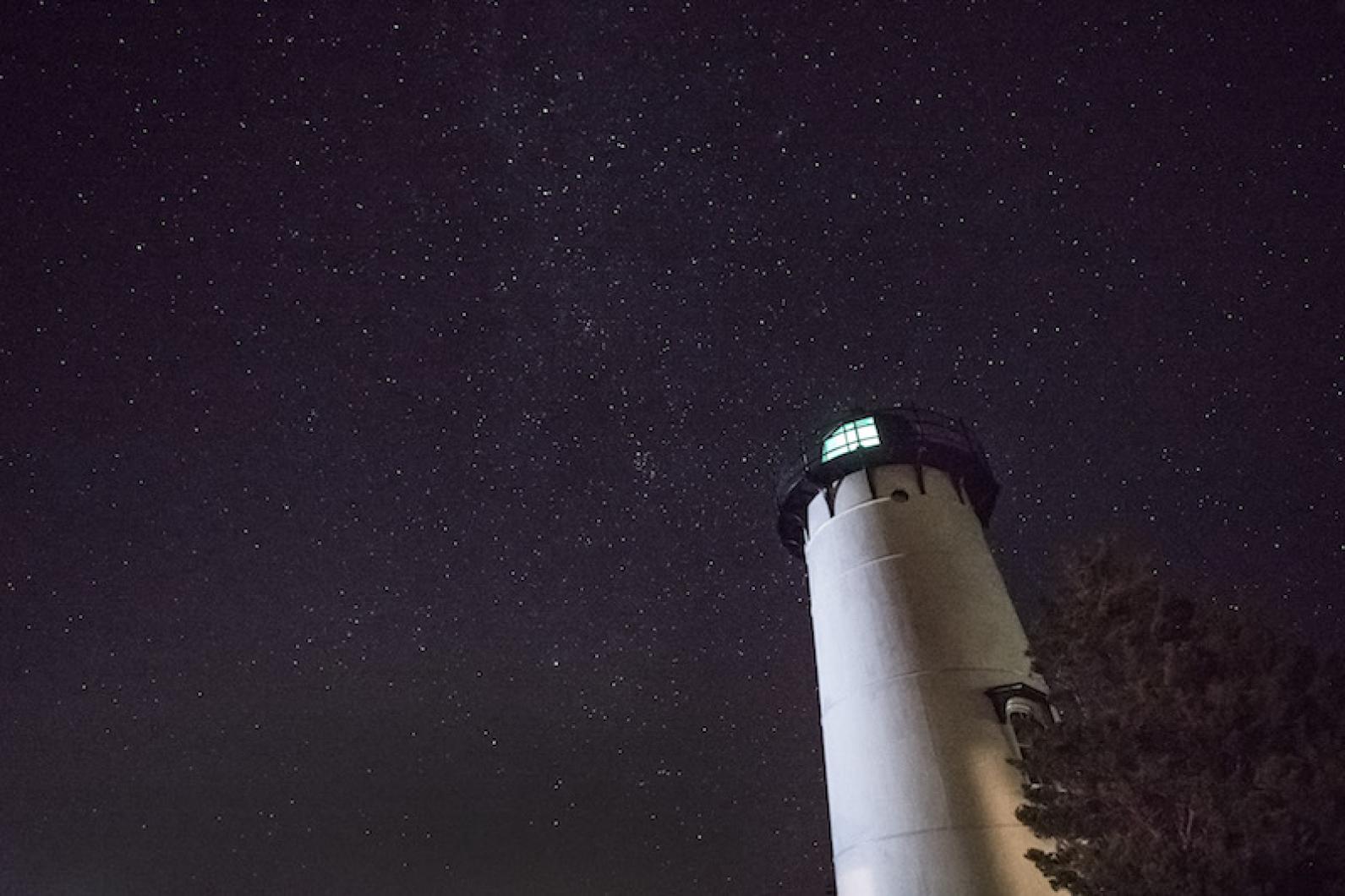During school vacation week, the increase in traffic, business and people made it clear that tourist season has begun.
Migratory birds, fish, pollen, plant seeds, and vacationers are on the move too — as was a celestial visitor. A cosmic tourist recently made a near-Earth flyby, but fortunately missed our popular planet.
Asteroid 2014 JO25 traversed our airspace on April 19 in a rare twice-in-a-millennium visit. This particular asteroid last showed its rocky self 400 years ago, around the time that Bartholomew Gosnold was sharing his discovery of Martha’s Vineyard, and will stay away for another 500 years. Consider it your once-in-a-lifetime encounter.
Made of inactive rock, asteroids orbit the sun but are too small to be considered planets. Many asteroids congregate in a main asteroid belt between the orbits of Mars and Jupiter and pose no problem to Earth. Those that pass close to our planet are called near-Earth objects and can have zero to extreme effects on our planet, depending on their size and proximity.
If you were oblivious to this JO25’s passing, be comforted that it caused no damage to our planetary home. While scientists at NASA assured us of a zero per cent chance of a collision, by astronomical standards it was still a close call.
Our planet is bombarded daily with more than 100 tons of dust and sand-sized space particles. Once a year, an automobile-sized asteroid hits our atmosphere and burns up as a fireball before reaching Earth’s surface. An asteroid the size of a football field may hit every 2,000 years and could cause damage. Asteroids that are believed to be large enough to threaten our civilization might come along once every few million years.
JO25 is the size of the Rock of Gibraltar (about one- to three-quarters of a mile wide), and this asteroid zipped by at approximately 73,000 miles per hour just over a million miles from Earth. For comparison, that is 4.5 times the distance between the Earth and the moon. And at that speed it would cover the distance of the moon’s diameter in 18 minutes.
NASA classifies asteroids of JO25’s size as potentially hazardous, and if one hit the Earth, it could cause some trouble. Estimates of potential damage are concerning. Some say that a direct hit of an asteroid one-mile wide would be quite impactful, with the energy of 1,000 atomic bombs the size of the one dropped on Hiroshima. This could destroy a city as large as London or New York. It would take one that was 60 miles wide to obliterate the human race.
All of this asteroid fear mongering is currently a moot point, since no large asteroids are believed to be on the way. That knowledge should put us all at ease and we should thank scientists for keeping tabs of these astronomic objects.
However the scientists, agencies and organizations that provide this comfort through their research and educational activities are facing serious budget cuts that, like the larger asteroids, could put us all between a rock and a hard place.
Suzan Bellincampi is director of the Felix Neck Wildlife Sanctuary in Edgartown, and author of Martha’s Vineyard: A Field Guide to Island Nature.







Comments
Comment policy »